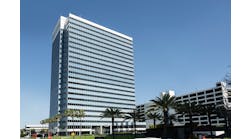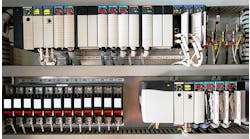How will greater software capabilities and more powerful CPUs affect IPCs and EOI?
Our panel of eight industry experts weigh in on how hardware and software advancements are driving the future of industrial PCs.
How has the convergence between industrial PCs and electronic OI been impacted by the rush for greater software capabilities and more powerful CPUs?
Kim Hartman is VP of sales and marketing at TenAsys
Mark Lovell, Pepperl+Fuchs: The need to duplicate what is seen in the control room to the factory floor is common. In many cases, the screen on the factory floor will end up being slightly smaller than what is in the control room. Having touchscreens that are durable, with repeated use, is required. Resistive touchscreens tend to allow users with gloves to operate them easily without issue. In many cases the computing power is kept in the control room and thin-client technology is used on the factory floor. This allows for easier updates and repairs should something get damaged or need to be replaced. Higher-power CPUs are found on standalone machines that run independently from other processes. Thin client and KVM technology is more popular with remote stations that need to be integrated and controlled from a larger control system.
Mark Lovell is proposals manager at Pepperl+Fuchs
Tim Stone is HMI product sales manager at Advantech
Chris Mason is product manager, industrial computers, at Rockwell Automation
Steve Sullivan, Rittal: Greater power density and stronger CPU cooling becomes increasingly critical. Most equipment failures are due to high temperatures. More than 35% of applications require cooling. Traditional cooling methods—the use of larger enclosures, heat sinks, fans—often are not sufficient. Equipment life is cut in half for each 10 °C temperature increase above the optimum temperature (35-40 °C). Drives will last eight to 10 years at 35 °C (95 °F), but only two to three years at 65 °C (149 °F) without downtime. High-efficiency systems such as the Blue e+ use active and passive cooling to deliver cooling where it’s needed but uses 75% less energy.
Steve Sullivan is training supervisor at Rittal
Aaron Severa is product manager, HMI/fieldbus, at Pepperl+Fuchs
The increased use of wearables, or wearable HMIs, for process monitoring, remote connections via your tablet or smart phone, and new concepts for better condition monitoring and predictive maintenance each show a trend that is fast becoming commonplace in today’s industrial operations. These will continue to grow as the demand for more production data and closer integration with manufacturing processes rise from the companies who have recognized the untapped potential from practical implementation of Smart Factory and Industry 4.0 concepts.
Eric Reiner is industrial PC market specialist at Beckhoff Automation
John Kowal, B&R Industrial Automation: Consider that our low-end processor is an Atom and our top processors are currently multi-core i7 CPUs, and, given Moore’s Law, there are fewer constraints in terms of cost, size and environmental conditions. So, harnessing the power of mainstream computing has enabled convergence, as have standards replacing de facto standards, the big ones being Web-based operator interfaces and OPC UA.
John Kowal is director of business development at B&R Industrial Automation
ALSO READ: Control panel design starts with the basics
This is part three in a series about IPCs and enclosures. Read part one here and part two here.
Mike Bacidore is the editor in chief for Control Design magazine. He is an award-winning columnist, earning a Gold Regional Award and a Silver National Award from the American Society of Business Publication Editors. Email him at [email protected].
Homepage graphic courtesy of Stuart Miles at FreeDigitalPhotos.net














